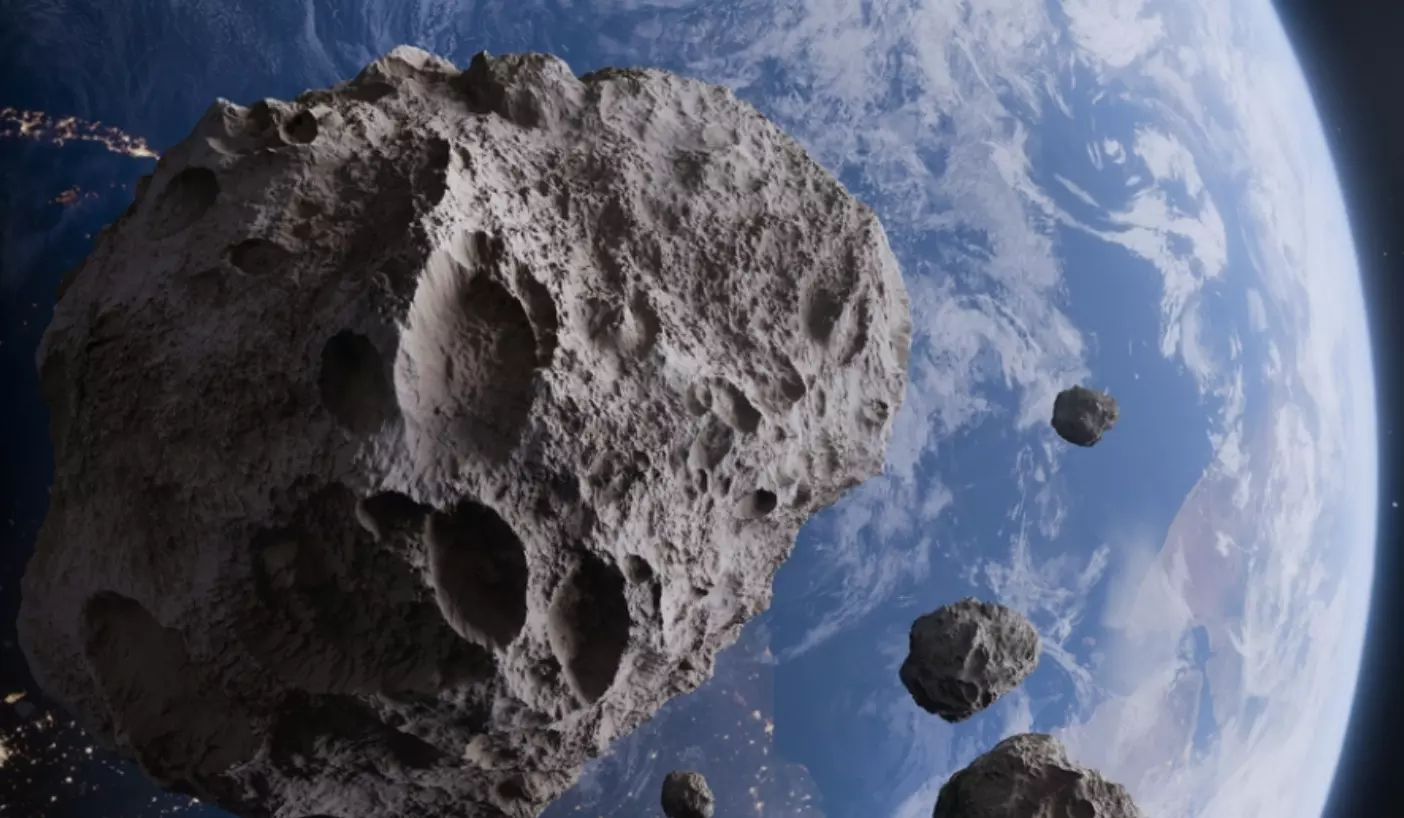Asteroid 2024 YR4 might hit the moon—Here’s what that means for Earth
Asteroid 2024 YR4 might hit the moon—Here’s what that means for Earth

A recently discovered asteroid, named 2024 YR4, has captured the attention of astronomers and space enthusiasts alike. Initially flagged as a potential threat to Earth, this space rock is now more likely to make contact with the Moon—an event that could offer a rare scientific opportunity.
A Close Approach in 2032
On December 22, 2032, asteroid 2024 YR4 is expected to pass very close to Earth. When first detected in December 2024, its trajectory raised alarms. Early data suggested a 3.1% chance of collision with Earth—one of the highest ever recorded for a near-Earth object.
However, after months of detailed observation and improved tracking, those fears have been laid to rest. The latest calculations estimate the chance of impact with Earth at a minuscule 0.00078%, effectively ruling out any danger. The current focus has now shifted to another celestial body: the Moon.
An Unusual Space Visitor
What makes 2024 YR4 stand out isn’t just its course—it’s the asteroid’s shape and behavior. Unlike most lumpy, irregularly-shaped space rocks, this asteroid is flat and round, earning comparisons to a hockey puck. It spins rapidly, completing a full rotation in just 20 minutes, and measures between 130 to 300 feet wide—about the size of a football field. Made of rock and common minerals found in the inner solar system, YR4 is as scientifically intriguing as it is visually unique.
Could It Hit the Moon?
While Earth is in the clear, scientists now estimate a 3.8% chance that 2024 YR4 could impact the Moon during its close pass in 2032. Should that happen, it wouldn’t affect the Moon’s orbit or pose any risk to Earth. In fact, it would be a remarkable event—a live lunar impact.
The Moon is already dotted with craters from ancient collisions, but witnessing a new one form in real time could be a goldmine for space science. With several satellites orbiting the Moon, researchers could capture the impact in detail, offering insights into how energy is released during such crashes and how surface material reacts.
A Learning Opportunity for Earth
If the asteroid does strike the Moon, the event would serve as a valuable case study in planetary defense. Watching how an asteroid behaves just before and during impact could improve our understanding of how to handle future threats to Earth. It would also help refine current asteroid tracking models and inform methods to deflect potentially hazardous objects.
The story of 2024 YR4 highlights why continuous monitoring of near-Earth objects is so crucial. While most asteroids pass by without incident, early detection gives scientists time to act if one ever poses a real threat.
Eyes on the Sky
Thanks to international efforts, including space surveillance programs and asteroid deflection tests, humanity is better equipped than ever to track these celestial wanderers. As for 2024 YR4, astronomers will keep it under close watch over the next several years to map its precise path.
If it does strike the Moon in 2032, it won’t be a cause for alarm—but rather a historic moment in science, offering a front-row seat to a cosmic event rarely observed in real time.

